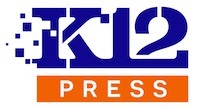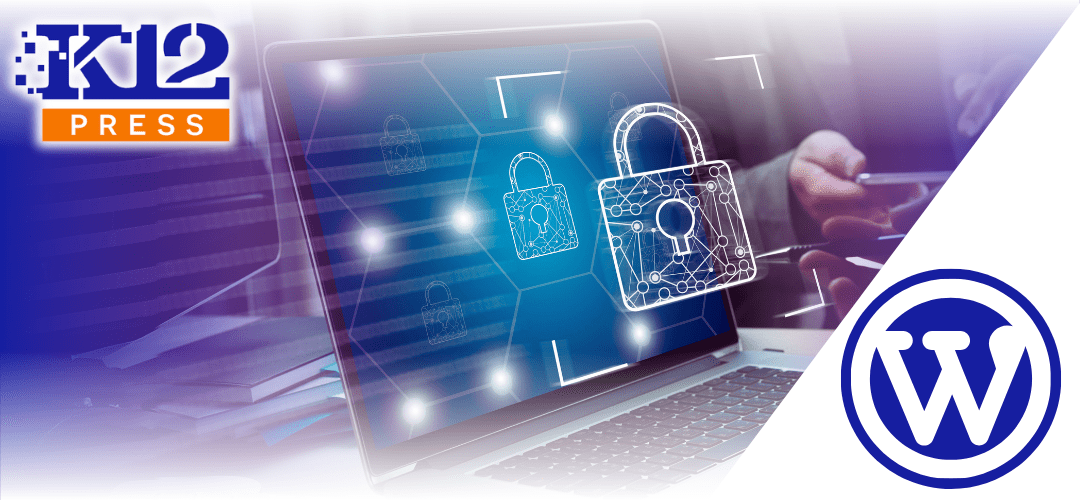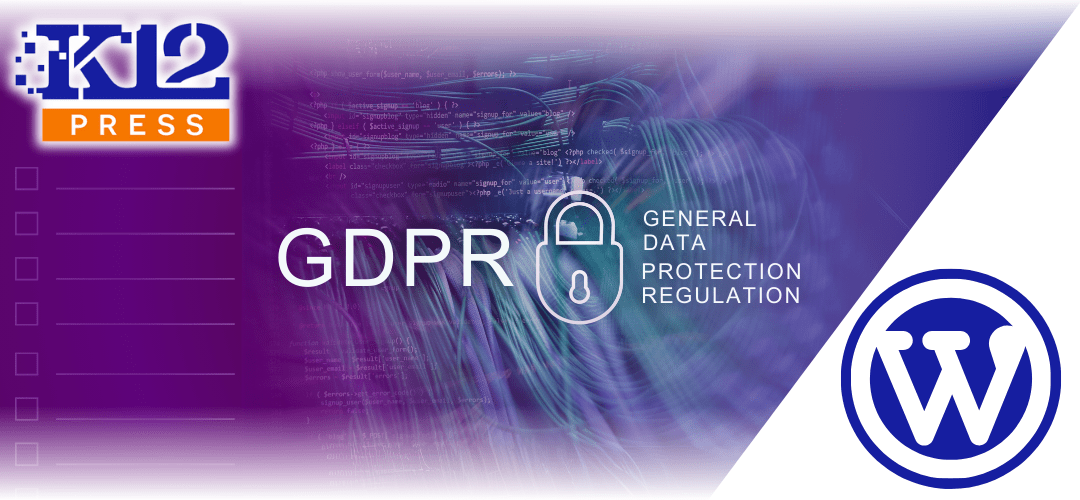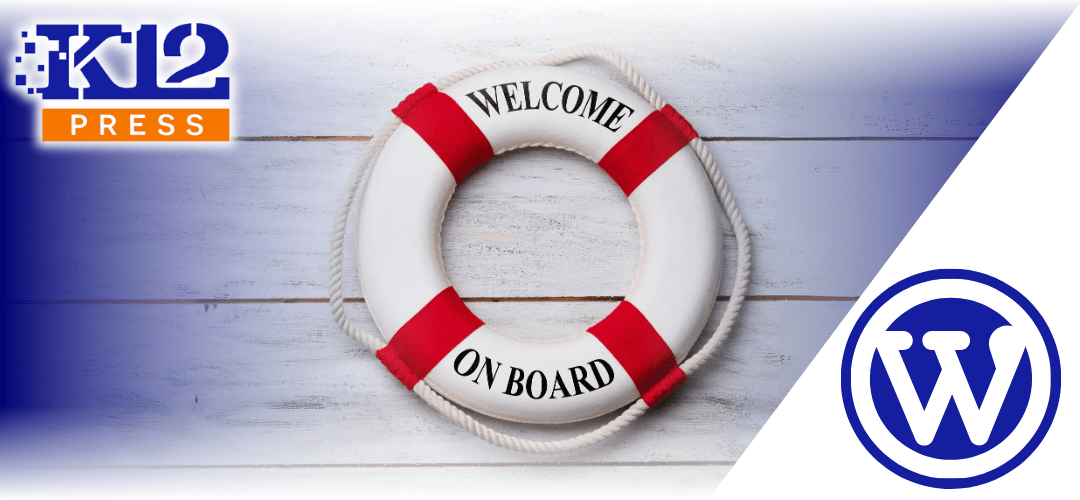A ensuring the security of your school’s WordPress website is paramount. Not only does this protect your WordPress school website, but it also safeguards your school’s reputation. Here are the top five security practices that K12Press recommends to keep your WordPress school site secure from hackers and malware.
1. Keep WordPress, Plugins, and Themes Updated
Regular Updates: Keeping your WordPress core, plugins, and themes updated is crucial. Updates often include security patches that protect your site from known vulnerabilities. Enable auto-updates where possible and routinely check for manual updates.
Choose Reliable Sources: Only install plugins and themes from reputable sources, such as the WordPress.org repository or directly from trusted developers, to reduce the risk of installing malicious software.
2. Use Strong Passwords and User Permissions
Robust Password Policies: Implement strong password policies requiring a mix of uppercase, lowercase, numbers, and special characters. Encourage staff and users to use passwords that are difficult to guess and change them regularly.
Manage Permissions Wisely: Limit the number of users who have administrative access to your website. Assign roles based on the minimum necessary privileges to complete tasks, reducing the risk of accidental or malicious changes to your site.
3. Implement Security Plugins
Enhanced Protection: Install a security plugin that offers features like firewall protection, malware scanning, and intrusion detection. Plugins such as Wordfence or Sucuri Security can provide robust security measures to help detect and block potential threats before they harm your site.
4. Enable SSL Encryption
Secure Data Transfer: Use SSL certificates to secure the data transfer between your website and your users’ browsers. This encryption helps protect sensitive data from being intercepted by unauthorized parties. SSL is also a positive ranking factor for SEO, and Google Chrome labels non-HTTPS sites as ‘not secure’, which can deter visitors.
5. Regular Backups and Security Audits
Data Safety: Schedule regular backups to ensure that you can quickly restore your website in the event of a security breach. Consider using a service that offers both on-site and off-site backup solutions.
Proactive Security Audits: Perform regular security audits to identify and fix potential vulnerabilities. This should include checking for outdated plugins, weak passwords, and incorrect file permissions.
To protect your WordPress school website it requires a proactive approach and adherence to best practices in cybersecurity. By following these top five tips, you can significantly enhance the security of your school’s online presence, ensuring a safe environment for both students and staff.
Concerned about your school’s website security? Visit K12Press for expert guidance and services designed to keep your educational platform safe and secure: More K12Press Security Solutions.














